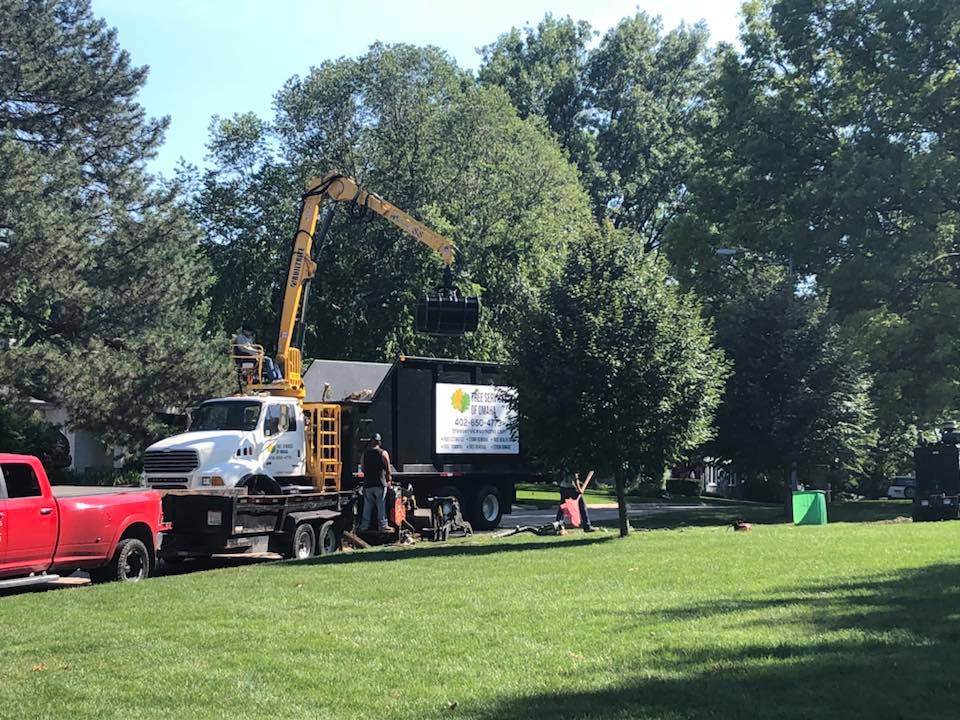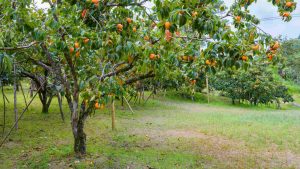Magnolia trees, known for their beautiful blooms and lush foliage, provide a magical touch to any environment. Pruning these towering trees is more than a chore; it’s an art form that influences their development and preserves their beauty. Understanding the best time to prune magnolia trees is critical to maintaining their health and vitality.
As the seasons change, so do the requirements for good maintenance. Each season has unique benefits and considerations for magnolia tree trimming, impacting growth patterns and flowering cycles. By delving into the nuances of each season and its impact on magnolia tree health, you can strategically plan your pruning efforts to ensure robust growth and bountiful blossoms. In this Article you’ll learn about what’s the best time to trim a magnolia tree.
Magnolia Tree Growth Cycle
Magnolia trees, which come in a variety of varieties, have various growth patterns that are impacted by seasonal fluctuations. Understanding the stages of a tree’s life cycle is critical for proper tree maintenance.
Dormancy Phase: During the winter, magnolia trees go dormant, losing their leaves and saving energy. This era of limited development is good for evaluating the tree’s structure and planning trimming techniques.
Spring Awakening: As temperatures increase, magnolias emerge from hibernation, signifying the beginning of fresh growth. This stage is marked by the appearance of colorful foliage and the characteristic, often scented blooms. Spring is an excellent season for pruning, particularly post-bloom trimming, to promote healthy development while protecting next year’s blossoms.
Summer Vigor: Throughout the summer, magnolia trees have rich, full foliage and continue to develop actively. During this time, regular maintenance is required.
Autumn Transition: As autumn approaches, magnolias begin to prepare for hibernation by dropping leaves and slowing their development. Fall trimming might be useful for minor care, preparing the tree for the upcoming dormant season.
Understanding these development phases assists in selecting the best periods for trimming, guaranteeing maximum health and flowering for your magnolia tree
Best time to trim magnolia tree
Determining the best time to trim a magnolia tree is critical for its general health and flowering potential. The timing of pruning varies depending on the specific aims of trimming and the kind of magnolia.
Spring Pruning: Promoting Blossom Development
Spring, soon after blossoming, is frequently regarded as the best time to trim magnolia tree. Trimming during this time provides for healthy development without jeopardizing the next season’s flowers. Because magnolia blooms sprout on old wood, trimming shortly after bloom fosters robust development while protecting next year’s prospective blossoms. However, late spring trimming should be avoided since it may interfere with the creation of next year’s bloom buds.
Summer Pruning: Maintenance and Shape Control
Summer provides an opportunity for modest changes and maintenance of the tree’s form. This time period is ideal for eliminating tiny or broken branches while preserving the correct structure. However, severe trimming throughout the summer should be avoided since it may stress the tree owing to vigorous development.
Trimming for Dormancy in the Fall
Fall trimming, done before the tree becomes dormant, is helpful for mild maintenance. Trimming during this period might include cleaning up the tree, removing deadwood, or making small changes. Significant trimming close to winter, on the other hand, should be avoided to avoid new growth that may be sensitive to frost damage.
Winter Pruning: A Structural Analysis
Winter trimming, however less typical, provides a chance to evaluate the tree’s structure and detect any possible problems. This dormant time provides for better view of the tree’s architecture, making it simpler to address structural faults and arrange for corrective pruning in the following seasons.
By recognizing the intricacies of each season, tree enthusiasts and arborists may execute precise pruning techniques, fostering optimal development and guaranteeing the health and magnificence of the magnolia.
Factors Influencing Pruning Time
Several variables influence the best time to trim magnolia trees in order to maintain their health and vitality.
Seasonal Considerations: The timing of magnolia tree trimming is heavily influenced by the seasons. Seasons each have their own set of benefits and considerations. Understanding the features of each period aids in determining the best time to trim.
Climate and Weather Conditions: The development and dormancy of magnolia trees are affected by local climate and weather patterns. Warmer climates may cause development stages to occur at different times than colder climates. Weather predictions and local climatic changes might help you time your trimming actions.
Tree Health Evaluation: The general health and condition of the magnolia tree are important factors to consider. Trees that show indications of illness, injury, or stress may necessitate quick treatment, requiring alterations.
Tree kinds and Growth Pattern: Different kinds of magnolia trees have different growth patterns and flowering dates. Understanding the individual features of the tree species aids in developing pruning plans to fit their growth habits.
Considering these criteria collectively assists in properly planning magnolia tree trimming, assuring maximum health, development, and beautiful flowers.
Magnolia Tree Pruning Techniques
Pruning magnolia trees demands precision and care to maintain their health and aesthetic appeal. The following are essential approaches for trimming magnolia trees:
Selective Branch Pruning: The careful removal of certain branches to promote healthy development and retain the tree’s form. Eliminating dead, damaged, or diseased branches increases overall tree vitality.
Deadheading blooms: Removing wasted or fading blooms encourages fresh flower development and improves the beauty of the tree. This strategy encourages the magnolia to redirect its energy into future flowering.
Shaping the Canopy: Trimming to obtain a balanced and acceptable canopy form. Pruning can help manage the tree’s growth while also improving ventilation and sunlight penetration within the canopy.Pruning can help manage the tree’s growth while also fostering greater ventilation and sunshine penetration within the canopy.
Signs It’s Time to Prune Magnolia Trees
Recognizing the signs that indicate magnolia tree trimming is critical for preserving their health and appearance:
Overgrowth: Excessive growth or branches reaching beyond the tree’s natural shape may signal the need for trimming. Overgrowth can cause an uneven tree structure or restrict walkways.
Disease and Damage: Visible evidence of disease, such as discolored or wilting leaves, or damage, such as broken branches, suggest the need for focused pruning to eliminate afflicted regions and prevent future spread.
Crossing or Rubbing Branches: Intersecting branches that rub against one other can generate wounds, which can contribute to disease entrance locations. Pruning such branches relieves tension and prevents injury.
Limited Flowering: If the tree has limited flowering or irregular blossoming, trimming may foster regeneration and future profuse flowering.
Regularly monitoring magnolia trees for these indicators and swiftly treating them through appropriate pruning helps preserve tree health and vitality, providing lifespan and continuous beauty.
FAQS
Can I trim my magnolia tree during the blossoming season?
It’s best to avoid heavy trimming during the flowering season, as it may interfere with the tree’s blooming the following year. However, modest pruning for aesthetic purposes can be done shortly after blossoming.
When is the best time to prune a magnolia tree?
After the tree has done flowering, early spring is frequently regarded the optimum period for significant trimming of magnolia trees. This time allows for healthy development without jeopardizing the next season’s flowers.
Can I prune my magnolia tree in the winter?
Due of the dormancy period, it is recommended to restrict trimming throughout the winter. Minor maintenance, such as removing dead or broken branches, can be done.
How regularly should I prune my magnolia tree?
Magnolia trees typically require pruning every few years to maintain their health and shape. Regular examination is essential, as is pruning when necessary to eliminate dead or diseased branches and guarantee appropriate development.
Can I use pruning paint after cutting my magnolia tree?
Pruning paint is typically unnecessary for magnolia trees. Their innate capacity to repair and defend against diseases lowers the need for extra sealants after pruning.
Conclusion
Determining the optimal time to prune a magnolia tree is critical for preserving its health, vitality, and esthetic appeal. Timing is critical in conserving the tree’s natural beauty and guaranteeing its sustained life.
The best time to prune a magnolia tree depends on several aspects, including the tree’s species, growth habits, and the intended effect of the trimming. Early spring, right after the flowering season, is often ideal for major trimming to stimulate healthy development while protecting future flowers.





